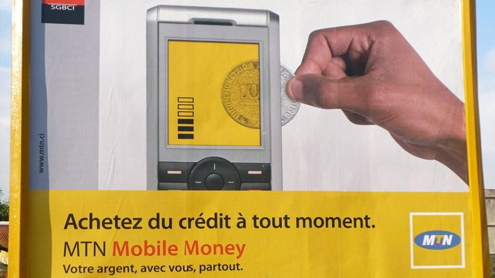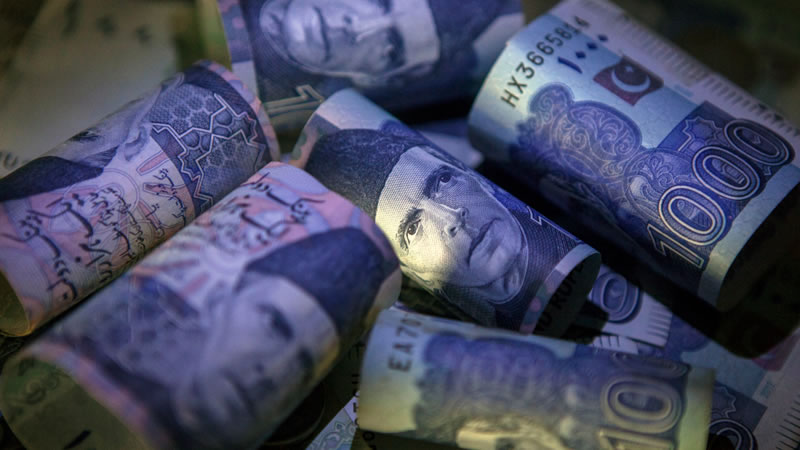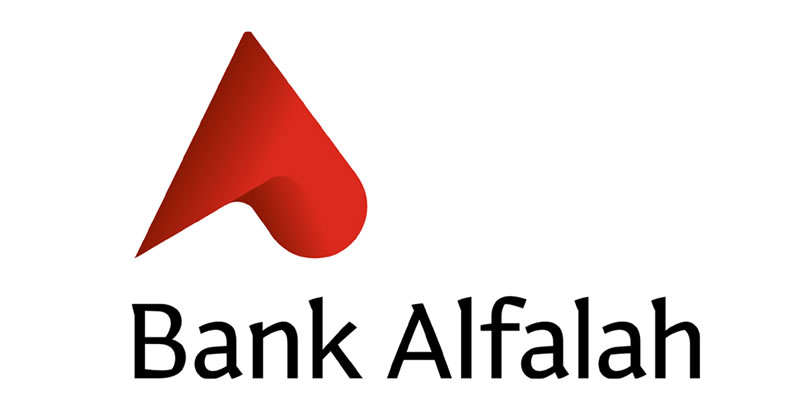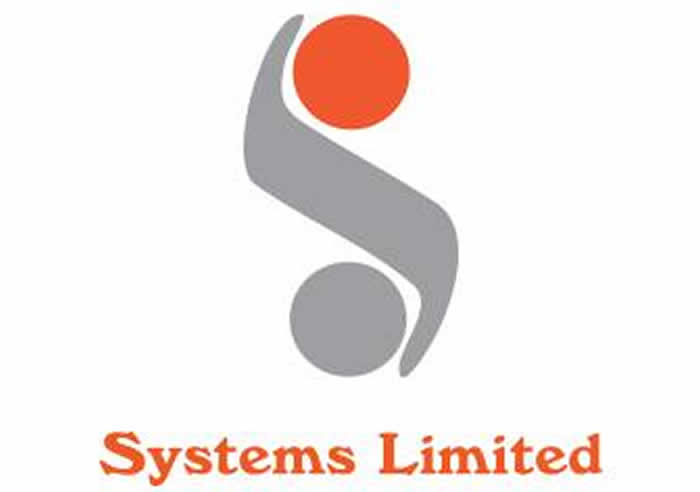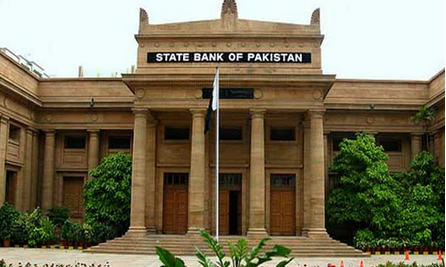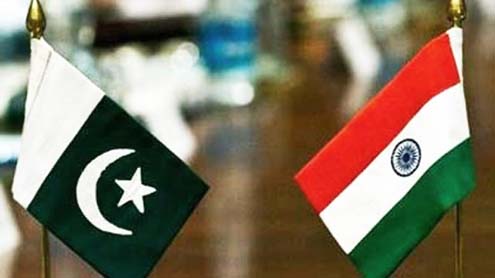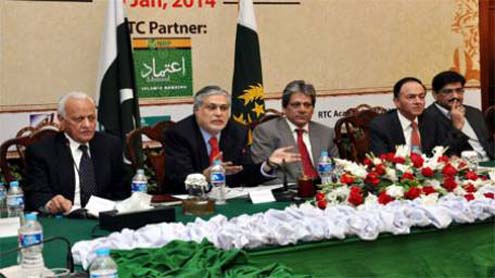
KARACHI: Branchless banking has seen another quarter of growth on almost all fronts as agents’ network and a number of mobile wallets have seen growth of 19 percent and 14 percent, respectively during the quarter January to March 2012. The number and value of total transactions increased by 23 percent and 7.0 percent, respectively.
Though the growth rate of m-wallets accounts, deposits value and daily average transaction amount have declined in the first quarter of 2012 as compared with the last quarter of 2011. According to State Bank of Pakistan’s Branchless Banking Bulletin of Newsletter, the number of registered m-wallets has reached 1.03 million at the end of the quarter under review in which the number of active m-wallets is about 53 percent. The Level 1 accounts are almost 86 percent of total m-wallet accounts while Level 0 accounts (a category which was allowed in June 2011 by SBP) are only 7.0 percent. In addition, 5,573 debit cards have also been provided to mobile account holders, indicating efforts to create value proposition in m-wallets.
There were more than 25 million transactions worth Rs 85 billion ($938 million), which have been processed through branchless banking channels, the newsletter stated. The growth in number of transactions is mainly due to the increasing volume of bill payments, person-to-person fund transfers, and airtime top-ups, which account for 42 percent, 32 percent and 10 percent, respectively. The current growth rate of m-wallets shows slowdown compared to the last quarter when the growth was around 40 percent, while the growth pace was down in deposits value of account holders. The less-than-expected growth rate in m-wallets is owed to the fact that only 23 percent of the total active agents (around 24,101) are authorised by banks to open the m-accounts.
However, the growth expectation in coming quarters is, however, fairly high as the largest brand of the country process of technology upgradation for account opening, for which it will start registration of customers for level account. Easypaisa and Omni are progressively exploring avenues to increase the attractiveness of m-wallets customers and offering them new services such as purchasing air-tickets, receiving salaries and pensions, utilising through debit cards, and Internet banking. Moreover, few other banks are likely to start their branchless banking operations soon. Similarly, the growth in value of transactions is again owed largely to P2P payments as all other categories have either experienced slightly negative growth or have contributed a small share in total value.
The share in total value, all bulk payments constitute almost 50 percent of the total value of transactions followed by P2P payments with 36 percent and bill payment with 12 percent. The growth has been observed in loan repayment transactions as Rs 312 million were collected through branchless banking agents. Both models (Easypaisa and Omni) are trying to increase their linkages with microfinance providers to allow microfinance borrowers to use branchless banking channels for repayment of loans. Moreover, volume of salary disbursement has also increased mainly due to Easypaisa’s arrangement with government organisations for salary disbursement. Around Rs 13.8 billion has been transferred on account of G2P payments through the existing agents’ based banking.
The fast growing network of branchless banking has reached at 26,792 agents and its footprints have reached to 89 percent of total districts in Pakistan. Out of these districts, 52 percent have more than 90 agents, which are mainly located in low income urban or rural communities. These agents are serving the local communities with instant solutions for fund transfers, utility bill payments, which can be observed from geographical outreach of local remittances. However, there is a little overlap in number of branchless banking agents due to shared agents which accounts for around 6.0 percent of the total agents during the quarter. Around 52 percent of the total branchless banking agents have transacted less than 500 transactions during the Jan-March quarter, the newsletter reported.-Dailytimes


